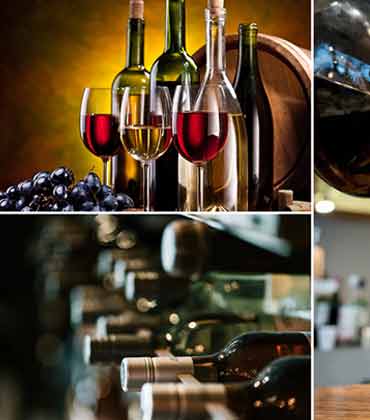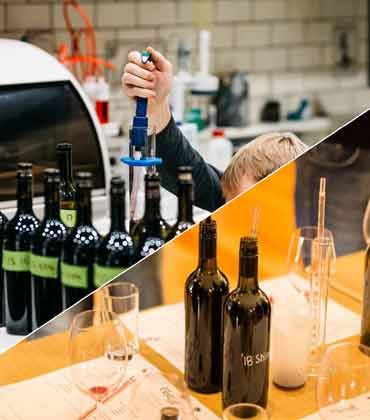THANK YOU FOR SUBSCRIBING
By Leandro Moretti, Research and Development Director, Marley Spoon
The Rise of Wine Tourism in Europe
By Aoife Murphy, Winery Operations Manager,Glanbia
How European Wineries are Blending Tradition with...
By Riaz Ahamadeen, Vice President of Quality/Food Safety & Regulatory – North America, Oatly
Defending the Plate: Strategies to Combat Foodborne...

Exploring the art of Wine and Food Pairing: A Gateway to New Experiences
Angelos Kyrousis, Director of Food and Beverage, Virgin Hotels

 Angelos Kyrousis, Director of Food and Beverage, Virgin Hotels
Angelos Kyrousis, Director of Food and Beverage, Virgin HotelsIn the realm of culinary delight, few combinations evoke as much sensory pleasure as the harmonious marriage of wine and food. Wine and food pairing is not just about complementing flavours; it's an art form that opens doors to new experiences, tantalizing the taste buds and expanding horizons. Beyond the traditional matches, this practice offers a plethora of opportunities, from exploring new grape varieties to showcasing the depth of wineries and even introducing wines from unexpected regions.
One of the most enticing aspects of wine and food pairing is its ability to introduce consumers to new grape varieties. While many may stick to the familiar Cabernets or Chardonnays, the world of wine is vast and diverse, with an array of lesser-known varietals waiting to be discovered. Pairing these wines with complementary dishes provides an opportunity for consumers to explore new flavours and expand their palate. For instance, a spicy Syrah can beautifully complement a savoury lamb dish, while a crisp Grüner Veltliner can enhance the flavours of a fresh seafood salad. By venturing beyond the usual suspects, consumers can unlock a world of exciting taste experiences.
Furthermore, wine and food pairing presents an excellent opportunity to explore wines from countries that may not have a renowned reputation for winemaking. While France, Italy, and Spain often dominate the wine scene, there are hidden gems waiting to be unearthed in lesser-known regions. By pairing dishes with wines from countries like Greece, Hungary, or even Lebanon, consumers can embark on a journey of discovery, uncovering unique flavour profiles and cultural nuances. This not only enriches the dining experience but also promotes diversity in the wine industry.
Restaurants, too, can benefit from the practice of wine and food pairing, particularly when it comes to managing excess stock of specific wines. Rather than letting bottles languish on shelves, savvy establishments can use food pairing menus to showcase these wines, creating enticing culinary experiences that encourage patrons to explore new flavours. Whether it's a surplus of Riesling or an abundance of Malbec, pairing these wines with carefully curated dishes allows restaurants to turn excess inventory into an opportunity to delight customers and drive sales.
Moreover, wine and food pairing provides an excellent platform for wineries to showcase the depth of their portfolio. Many wineries produce a wide range of wines, from bold reds to delicate whites and everything in between. By offering tasting menus or wine pairing experiences, wineries can highlight the diversity of their offerings, demonstrating their expertise and craftsmanship across different varietals and styles. This not only fosters appreciation for the winery's artistry but also encourages consumers to explore and purchase a broader range of their products.
"Wine and food pairing is much more than a culinary indulgence; it's a gateway to new experiences and discoveries"
In conclusion, wine and food pairing is much more than a culinary indulgence; it's a gateway to new experiences and discoveries. Whether it's introducing consumers to new grape varieties, showcasing wines from unexpected regions, utilizing excess stock, or highlighting the depth of a winery's portfolio, the practice of pairing wine with food offers endless opportunities for exploration and enjoyment.
So, the next time you dine out or host a dinner party, consider the magic that can unfold when the perfect wine meets the perfect dish. Cheers to the art of wine and food pairing!
Read Also















